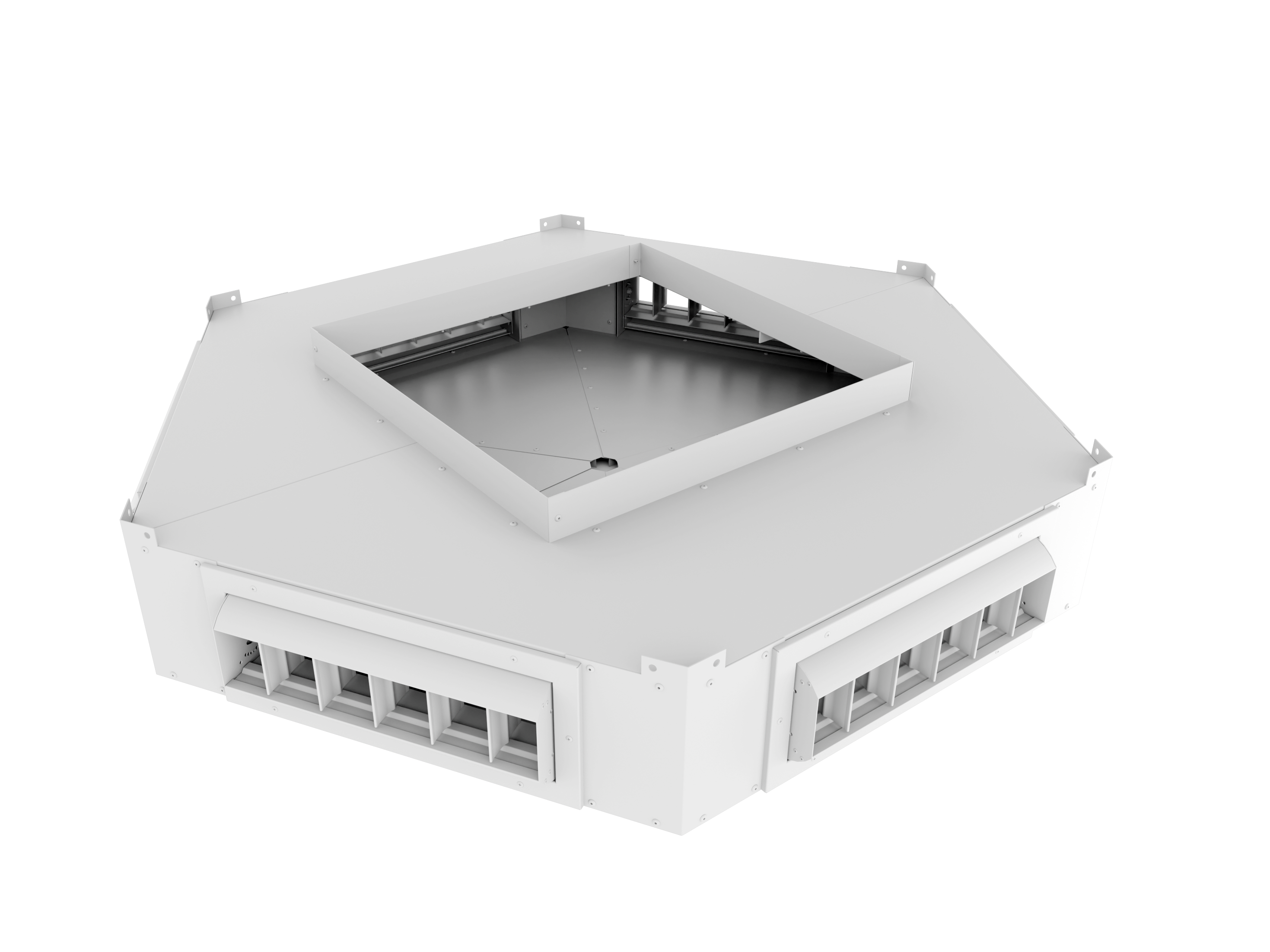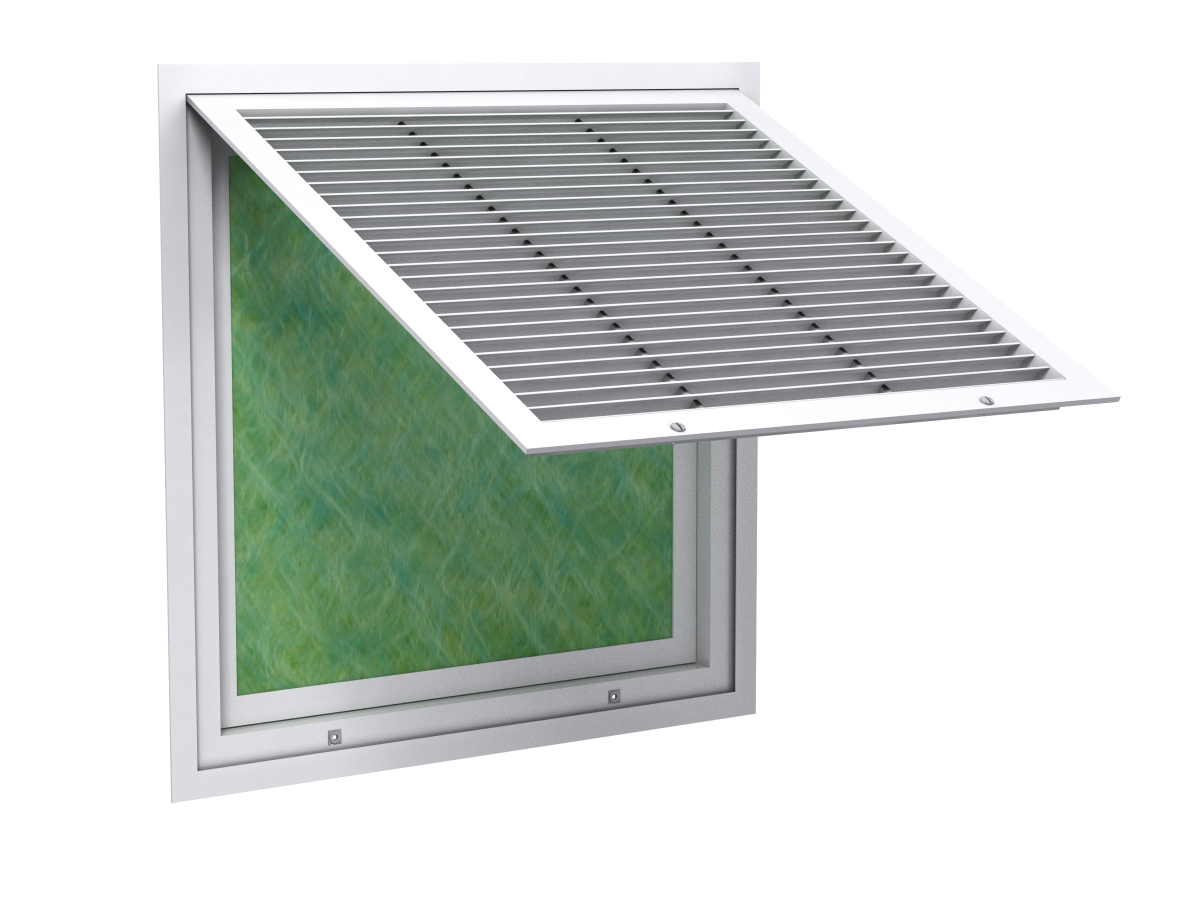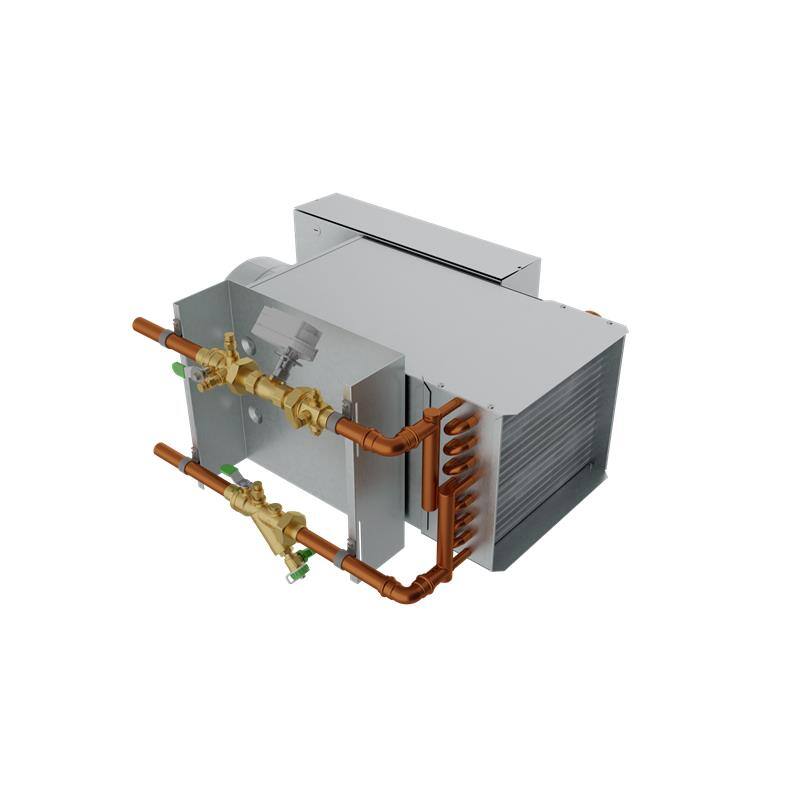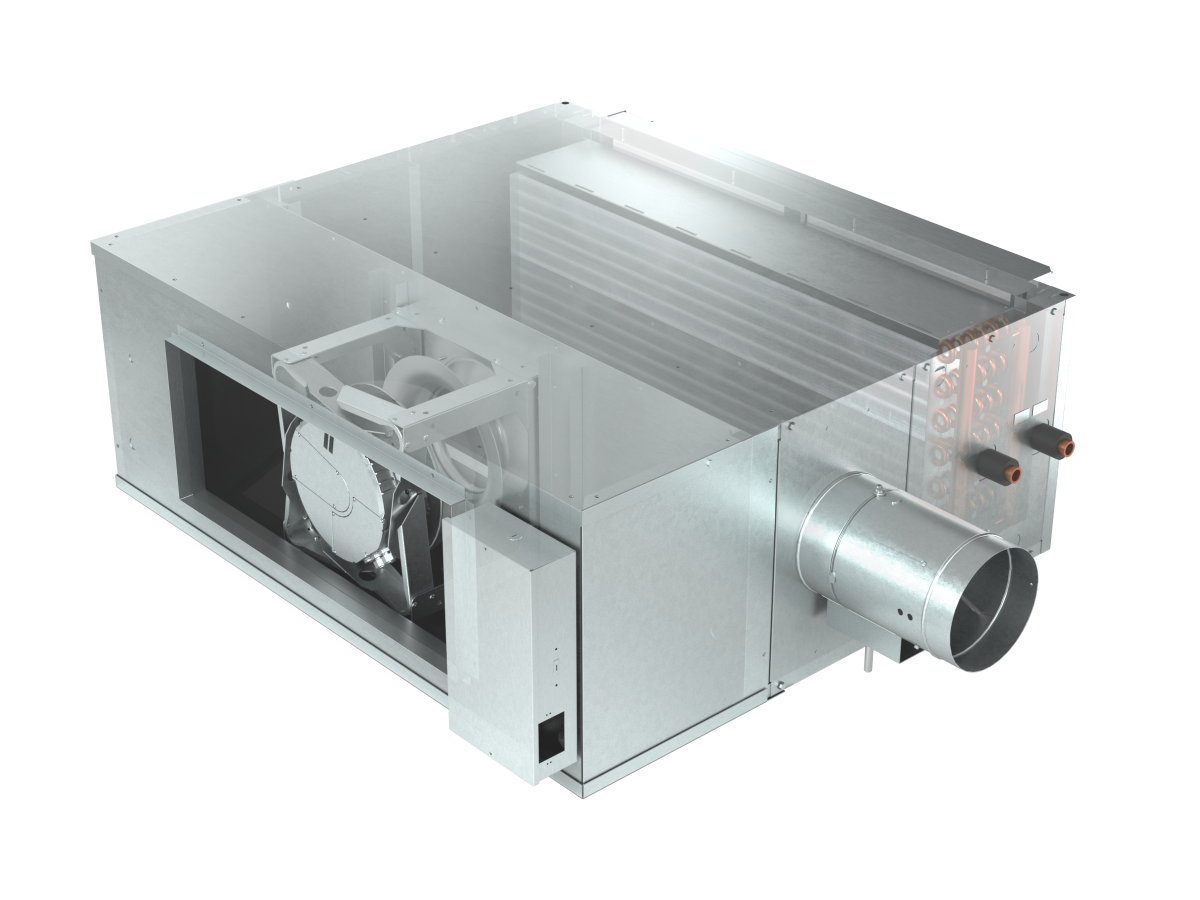Designed to Simplify Your Install
Price Industries is proud to be a Gold Associate Member of the Sheet Metal and Air Conditioning Contractors’ National Association (SMACNA). In our SMACNA Highlight blog series, we’ll be featuring news, tips and tricks tailored to the skilled contractors who install, coordinate and deliver HVAC systems across North America.
Read More
Topics:
GRD,
Diffusers,
HVAC,
Contractors
Building Foundation and Overcoming Challenges
Price’s ever-growing team is made up of extraordinarily talented individuals from different backgrounds. We periodically profile a “person of Price” to give you a glimpse at the person behind all those emails or the voice at the end of the phone! This post: Cody Jacques.
Read More
Topics:
Employees,
HVAC,
People of Price,
Customer Service
Expertly Designed With Simplicity in Mind
Filter frame grilles are an elegant solution for providing filtration on the return-air side of your air distribution system. Return grilles supplied with a filter frame make it easy to access filter media from the room side using face-operable latches.
Read More
Topics:
GRD,
Grilles,
HVAC Fundamentals,
HVAC,
Engineering,
Design Engineering,
Filtration
Saving Labor and Simplifying Coordination in the Field
Price Industries is proud to be a Gold Associate Member of the Sheet Metal and Air Conditioning Contractors’ National Association (SMACNA). In our SMACNA Highlight blog series, we’ll be featuring news, tips and tricks tailored to the skilled contractors who install, coordinate and deliver HVAC systems across North America.
Read More
Topics:
Terminals,
Fan Coils,
HVAC,
Contractors
Missed Our Latest Webinar? We’ve Got You Covered!
“Register Now! Engineering Webinar from Price Industries”
It’s everyone’s favorite subject line – another opportunity to deepen your HVAC knowledge and collect a PDH credit, free of charge.
Read More
Topics:
Fan Coils,
Thermal Comfort,
HVAC Fundamentals,
HVAC,
Engineering,
Design Engineering,
Filtration







